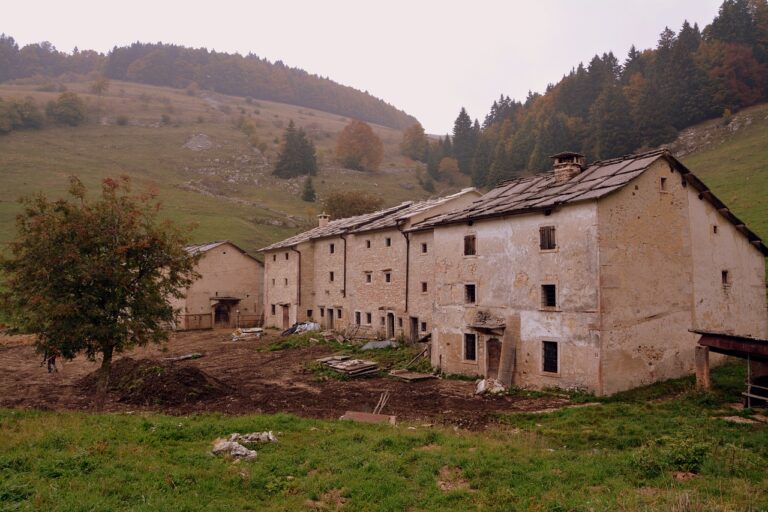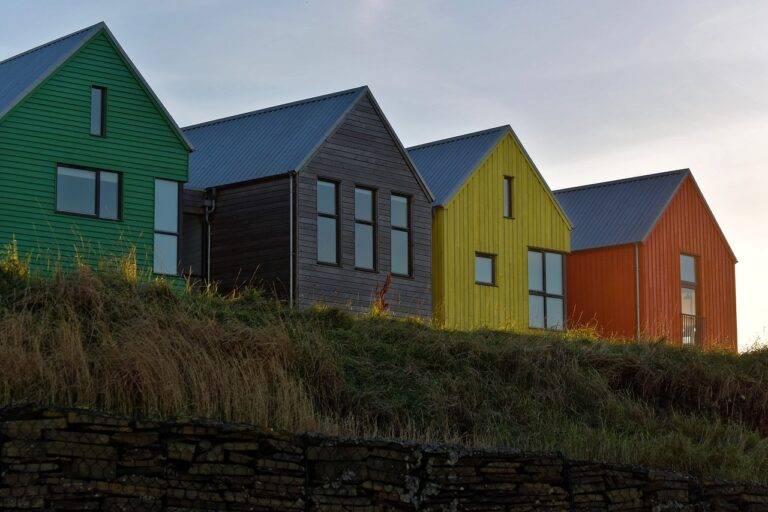Green Building Standards and Home Improvement Compliance
Green building standards are guidelines and criteria established to promote environmentally responsible construction and development practices. These standards aim to minimize the negative impact of buildings on the environment throughout their lifecycle, from design and construction to operation and maintenance. By adhering to these standards, builders and developers can reduce energy consumption, water usage, waste generation, and overall carbon footprint of buildings.
There are several well-known green building standards recognized globally, such as LEED (Leadership in Energy and Environmental Design), BREEAM (Building Research Establishment Environmental Assessment Method), and Green Globes. Each of these standards sets specific benchmarks and requirements for sustainable building practices, including site selection, energy efficiency, indoor environmental quality, and material selection. Following these standards not only benefits the environment but also contributes to creating healthier and more efficient living and working spaces for occupants.
Importance of Energy Efficiency in Home Improvement
Energy efficiency in home improvement is gaining increasing importance in today’s world. By adopting energy-efficient practices and utilizing energy-saving technologies, homeowners can significantly reduce their energy bills and lessen their environmental impact.
One key aspect of energy efficiency is ensuring that homes are properly insulated. Proper insulation helps maintain a consistent temperature inside the home, reducing the need for heating and cooling systems to work overtime. Additionally, upgrading to energy-efficient appliances and lighting fixtures can lead to substantial savings on energy consumption over time.
• Proper insulation helps maintain a consistent temperature inside the home
• Reduces the need for heating and cooling systems to work overtime
• Upgrading to energy-efficient appliances and lighting fixtures can lead to substantial savings on energy consumption over time
Another important factor in improving energy efficiency in homes is sealing any air leaks. Air leaks can significantly impact the efficiency of heating and cooling systems, causing them to work harder than necessary. By properly sealing these leaks, homeowners can improve indoor comfort levels while reducing energy waste.
In addition to insulating and sealing homes, utilizing smart thermostats can also contribute to increased energy efficiency. Smart thermostats allow homeowners to control their heating and cooling systems remotely, adjust temperatures based on occupancy patterns, and optimize energy usage throughout the day.
Furthermore, incorporating renewable energy sources such as solar panels into home improvement projects can further enhance overall energy efficiency. Solar panels harness clean and sustainable energy from the sun, reducing reliance on traditional power sources and lowering utility bills in the long run.
Overall, prioritizing energy efficiency in home improvement not only benefits homeowners financially but also plays a crucial role in promoting environmental sustainability. By making simple yet impactful changes to increase energy efficiency, individuals can create a more comfortable living environment while contributing positively towards a greener future.
Key Components of Sustainable Building Materials
Sustainable building materials are essential in reducing the environmental impact of construction projects. These materials are designed to be environmentally friendly throughout their entire life cycle, from production to disposal. Common components of sustainable building materials include renewable resources like bamboo, cork, and straw, as well as recycled materials such as reclaimed wood, glass, and steel.
In addition to being eco-friendly, sustainable building materials also prioritize energy efficiency and durability. These materials are often selected for their ability to conserve energy, leading to lower utility costs and decreased carbon emissions over time. By incorporating sustainable building materials into construction projects, builders can help create healthier living spaces and contribute to a more sustainable future for generations to come.
What are some examples of green building standards?
Some examples of green building standards include LEED (Leadership in Energy and Environmental Design), BREEAM (Building Research Establishment Environmental Assessment Method), and Green Globes.
Why is energy efficiency important in home improvement?
Energy efficiency in home improvement helps reduce energy consumption, lower utility bills, and decrease the carbon footprint of the building. It also contributes to a healthier indoor environment and increases the overall value of the property.
What are some key components of sustainable building materials?
Some key components of sustainable building materials include recycled content, renewable resources, low embodied energy, non-toxic materials, and durability. These components help reduce environmental impact and promote a healthier living environment.







